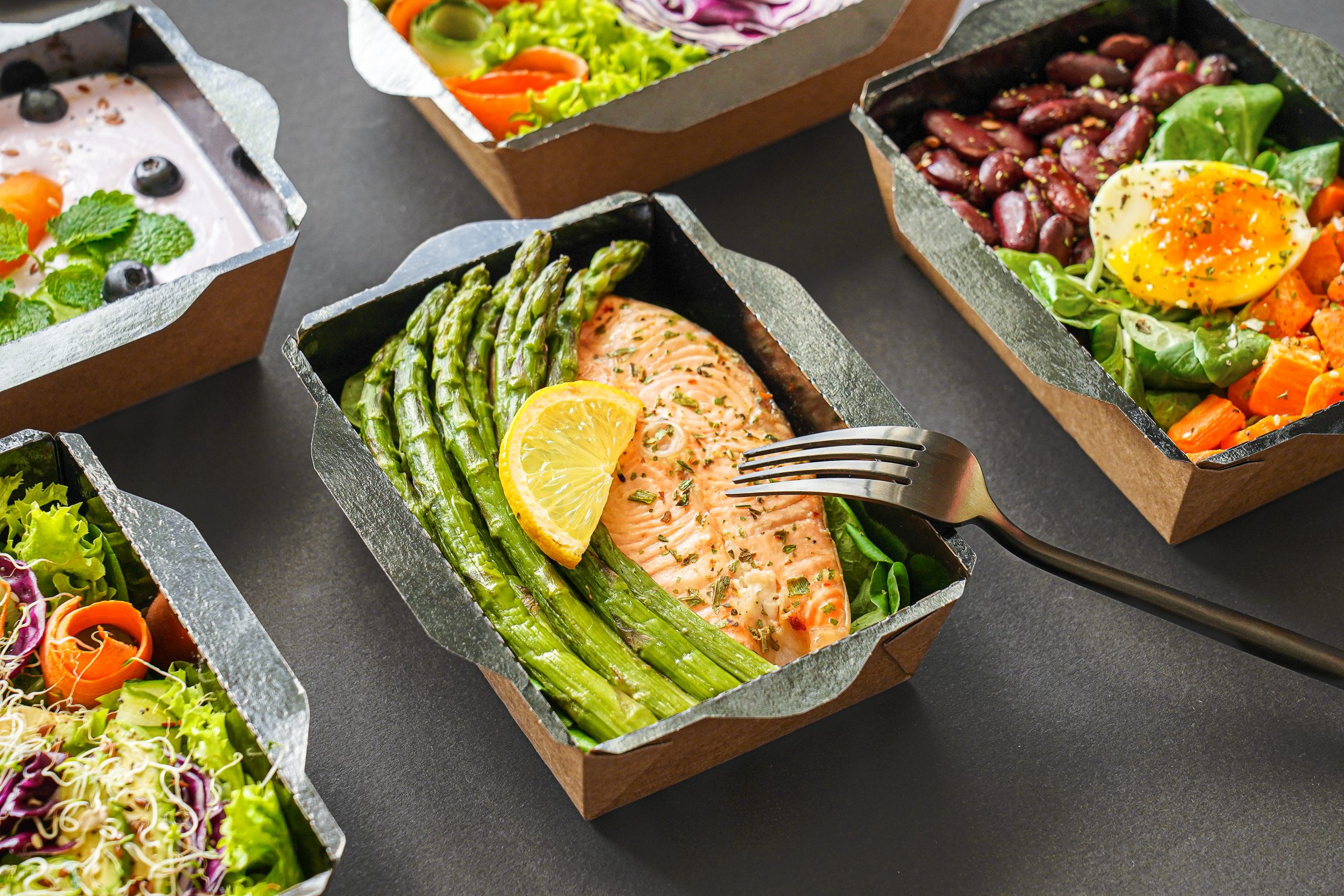In this Global Insight Series, we’re putting the spotlight on meal kits; investigating their successes, challenges, and development as a popular food category after their astronomical rise to fame. The COVID-19 pandemic played a great role in propelling them into the limelight and into the homes of young professionals, students, and families across the globe. The range of meal kits now available has exploded, catering to all sorts of health and dietary concerns, and time restrictions.
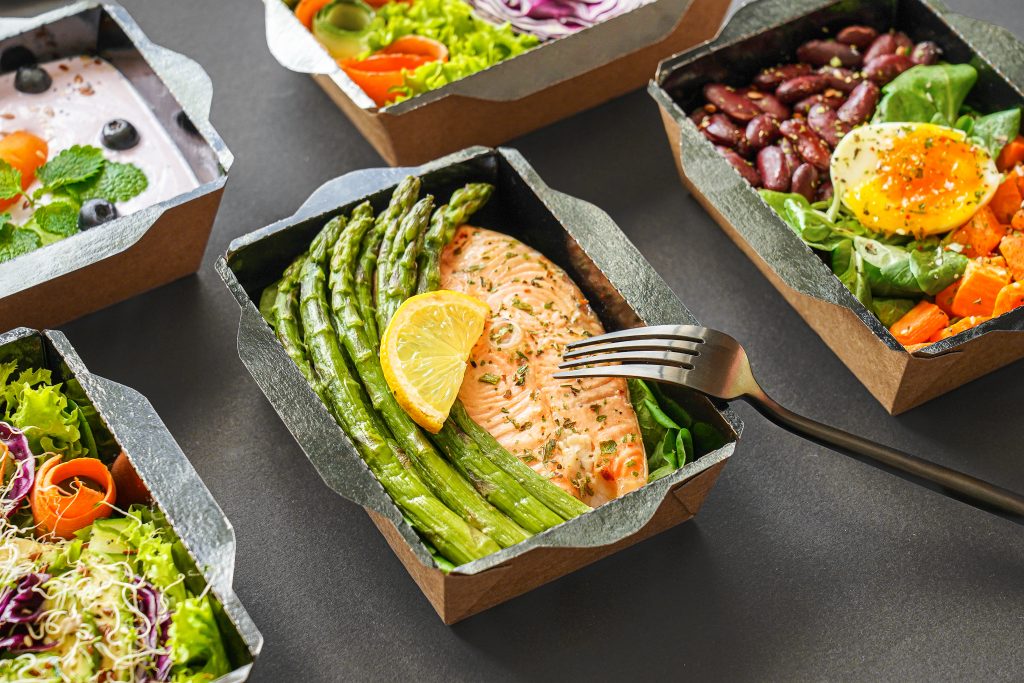
The meal kit delivery services market reached approximately $17.86 Bn USD by the end of 20221 and is projected to cross $59.2 Bn USD by the end of 20322. This article looks at what attracted people to meal kits in the first place and how they are overcoming an onslaught of challenges, from user retention to cost of living, and how they are expected to maintain this predicted growth.
Ultimately, the growth of the meal kit market can be attributed to their ability to tap into changing consumer behaviour and the growing demand for convenience and personalisation in the food industry. The premeasured ingredients offered savings in time, effort and money, whilst the instructions and variety made cooking at home more accessible for consumers who may not have the time or the knowledge to plan and execute healthy and nutritious meals from scratch. The plant-based movement really started to enter the mainstream in 20203 which benefitted meal kit companies immeasurably, as consumers could tailor their meals to their dietary preferences, such as vegetarian or gluten-free, without having to invest in buying large quantities of unfamiliar items.
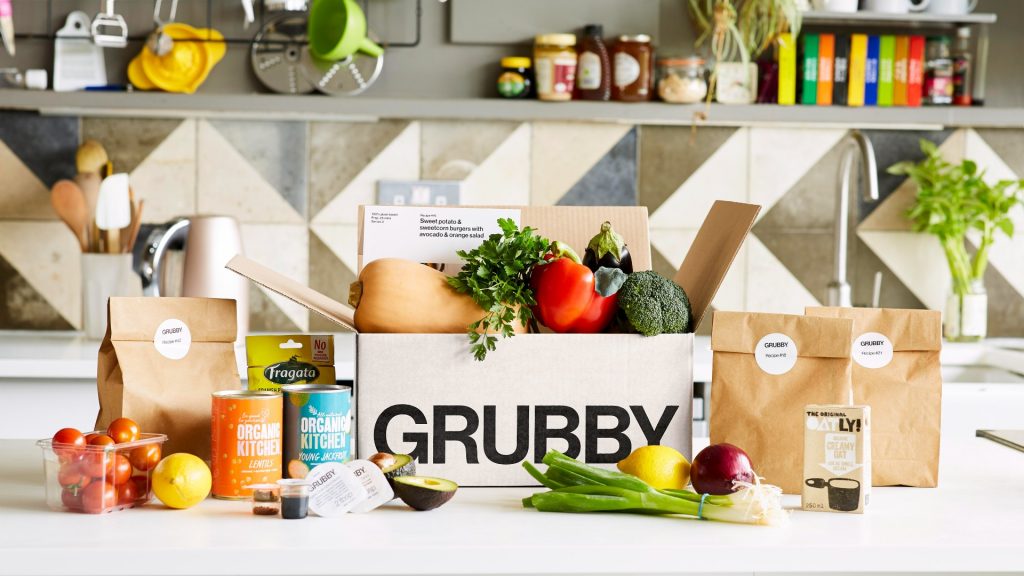
We’ve identified three ways in which meal kit providers are adapting in this space.
1. Diversification of Offering
Meal kits are seeing a diversification of their offering in line with evolving and expanding diets. The owners of Hungryroot, a US-based meal delivery company, noted that consumers are approaching health differently, from their predecessors and from their peers. Where the cabbage diet and the grapefruit diet were once the picture of health and wellness, today’s consumers are placing greater emphasis on healthy fats, whole foods, good gut health and a climate-conscious diet. Whilst Hello Fresh is often the ‘big player’ in most markets, there are a plethora of other companies carving out their health niche, with the European market taking full advantage of the growing popularity of plant-based4. Planty and Grubby in the UK offer strictly plant-based meals, whilst US company SunBasket has a unique gluten-free plan on offer. This expansion of offering not only taps into an even greater market, but also helps in customer retention for those already using the services.
2. Heat and Eat Model
There is also a clear rise in the ‘heat and eat’ model for meal kits. Although meal kits were built on a ‘cook and eat’ model, that got cooks from all skill and experience levels into the kitchen, leading players are adapting and producing quicker and more convenient options with more flexible purchasing options. After almost being pulled from the New York stock exchange, US-based Blue Apron has expanded the offering of their heat-and-eat meals5, meanwhile, UK-based Tastily offers low-calorie, prepared meals with no additives and at least 3 servings of vegetables, appealing to the health conscious, but time-poor6. Campbell’s Soup company observed that consumers do not wish to spend more than 20 minutes preparing dinner and 10 minutes preparing lunch, and whilst there will still be some who enjoy the process of cooking, it is likely that consumers will focus their attention (and their money) on the companies that offer the most convenient, but still healthy options.
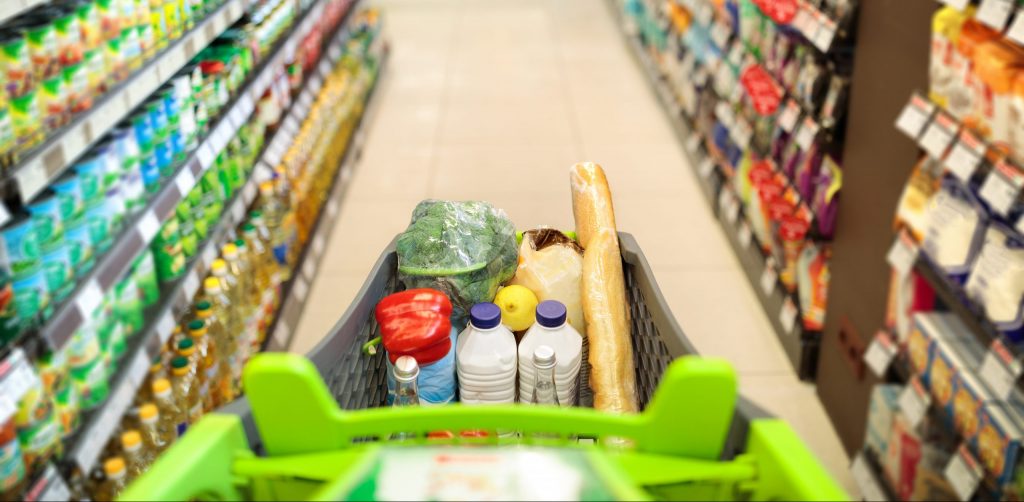
3. Partnerships and Endorsements
Consumer retention is a well-documented pitfall of the meal kit delivery model and one way this is being overcome is through celebrity chefs and other partnerships. Not only does this offer new excitement and fresh new recipes, but can also instil trust and brand loyalty. In October last year, we saw AU-based business My Foodie Box launching a Thermobox range, combining the convenience and quality of their meal kits with the popularity and efficiency of the thermomixer machine. Similar to the partnership between UK-based Grubby and Bosh (a plant-based recipe and food brand), which partners the accessibility of plant-based cooking through Grubby, with the almost cult following of Bosh and their plant-based recipes. There is also a trend of restaurants diversifying into meal kits, like Melbourne-based Atlas, delivering meal kits, one off meal boxes, and even spice rubs which appeal to all levels of home-chef.
There is still a stigma around the nutritional value of ‘ready-meals’, with 63% of American consumers believing that prepared meals are too processed7, but as meal kits have already established themselves as healthy and nutritious alternatives, it is unlikely that this heat and eat model will deter customers. Convenience is still king, and whilst during ‘the COVID-19 years’ this meant groceries delivered to your door without the need to go shopping, in a post-covid world it means quick, healthy meals, with minimal effort and in a short amount of time. If meal kits can continue adapting to fit in with consumer behaviour, then they will not struggle to survive and it will be interesting to see which direction the consumer pushes them next.
For more information on other food trends and market insights, reach out to your local team here.
Global – Smunch
Online grocery platform offering meal kits to make the recipes of their favourite TikTok influencers. Consumers will be able to purchase all the ingredients, pre-measured, to make their favourite TikTok recipes at home.
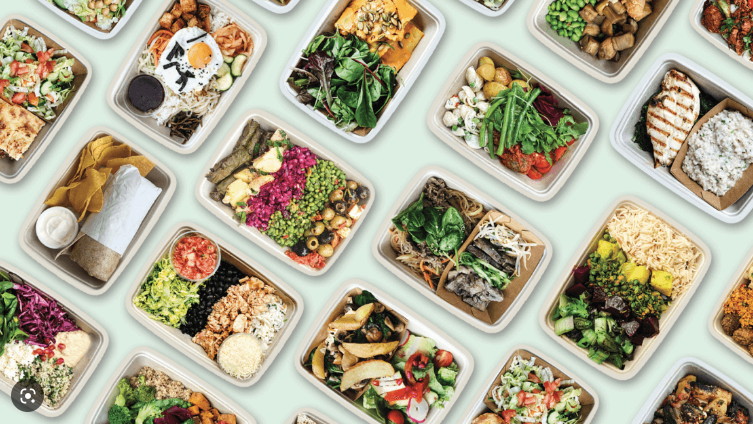
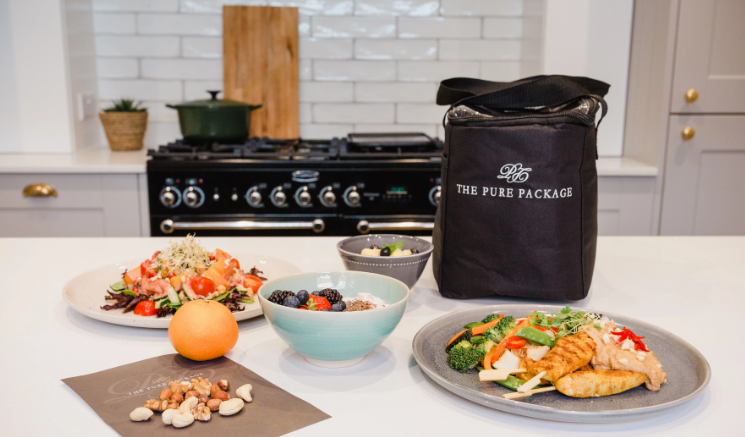
United Kingdom – The Pure Package
One-on-one phone consultations allow The Pure Package to tailor every box to the eating habits and specific health goals of a recipient. There are over 10 different plans, from paleo and weight loss to training and vegan and customised plans.
Australia – Eat IKU
Eat IKU wants to nourish their customers with simple macrobiotic meals, using ingredients from nature that create foods that nurture. They also place great emphasis on traditional farming practices and pledge to donate towards organisations that go ‘back to our traditional roots to protect our future’.

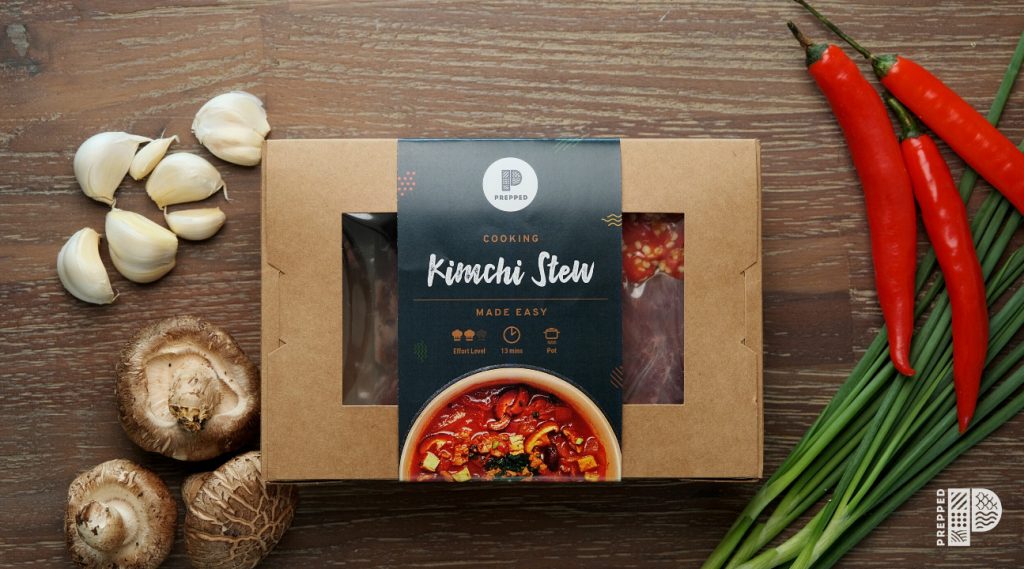
Singapore – Prepped
Prepped has taken convenience to another level, delivering pre-measured, pre-cut and pre-prepared foods that are ready to add straight from packet to wok. Consumers still get the satisfaction and delayed gratification of cooking for themselves with a fraction of the time required.
References: 1. https://www.statista.com/statistics/655037/global-direct-to-door-meal-kit-service-market-revenue/ 2. https://www.globenewswire.com/news-release/2022/11/14/2555170/0/en/Meal-Kit-Delivery-Services-Market-is-Projected-to-Reach-Worth-of-US-14-63-Bn-in-2022-and-is-Estimated-to-Cross-US-59-2-Bn-by-2032-end-at-a-CAGR-of-15-Analysis-by-Future-Market-Insi.html#:~:text=filingsmedia%20partners-,Meal%20Kit%20Delivery%20Services%20Market%20is%20Projected%20to%20Reach%20Worth,by%20Future%20Market%20Insights%2C%20Inc. 3. https://www.theguardian.com/food/2020/feb/09/hold-the-beef-how-plant-based-meat-went-mainstream 4. https://finance.yahoo.com/news/europe-plant-based-meal-kits-094000081.html 5. https://www.pymnts.com/news/loyalty-and-rewards-news/2023/meal-kit-providers-maximize-convenience-maintain-loyalty/ 6. https://www.glamourmagazine.co.uk/gallery/best-diet-meals-delivery 7. https://www.ift.org/news-and-publcations/food-technology-magazine/issues/2023/february/features/3-whats-on-the-menu-for-meal-kits
Please note, we are not affiliated, associated, or in any way officially connected with the brands and products mentioned within this post.
